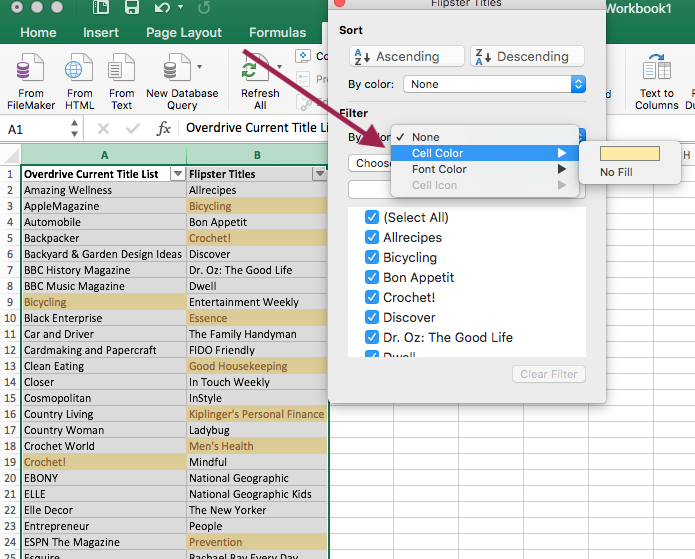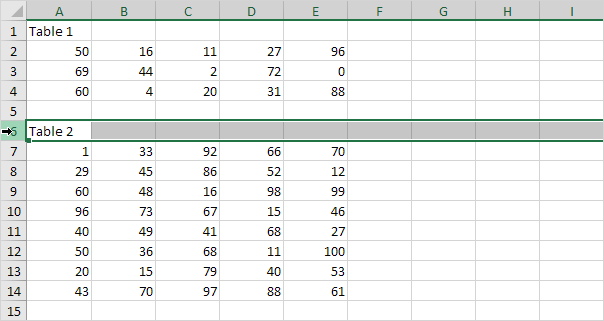

Merged cells in your dataset can also create problems while you’re trying to filter your table. Finally, click on Unhide Rows or Unhide Columns.From the drop-down menu, select Hide & Unhide.Navigate to the Home tab and click on Format.
#SET UP A HEADER TO APPEAR ON ALL SHEETS FOR EXCEL HOW TO#
Skipped order of number or alphabets is another sign of how to recognize hidden rows/columns.

You will have to unhide any hidden rows or columns from your sheet. If you have hidden rows or columns on your dataset, then Excel won’t apply the Filter function on these data cells. Select the Delete option to remove these blank rows/columns. To do so, right-click on the row adjacent to the blank cell. You can also manually delete these cells. Hit the OK button to save filter changes.Scroll further down, and check the option for Blanks.Click on the drop-down arrow and uncheck the box for Select All.Head over to the column that showcases the filter list.Remove Blank Rows/ColumnsĪlternatively, you can also remove the blank rows by configuring the data on your Filter area. This method should be able to include all the datasets. Now, click on the Filter ribbon and choose how you would like to arrange it. To be on the safe end, we suggest that you manually select the data. As a result, Excel will fail to filter out all the data in your dataset. If your dataset has blank rows or columns, it might not select the area (row or column) below or past these cells. Now that we know have listed out the causes, let’s jump right in with applying the troubleshooting methods for this issue. Selected more than one worksheet (grouped).Blank or Hidden Rows between the dataset.Click the View tab, and click the Normal option in the Workbook Views section of the Ribbon to return to normal edit mode for the spreadsheet. Click anywhere in the worksheet between the header and footer.Highlight the text or options, and press the Delete key to remove the header or footer details.Click the header or footer you want to remove.In the Ribbon, click the View tab, and click the Page Layout option in the Workbook Views section.To remove a header or footer, follow these steps. You can also click the Different Odd & Even Pages option if you want the header and footer to appear differently on odd and even pages. If you want the header and footer of the first page to look different, check the Different First Page box in the Options section on the Header & Footer tab. Click the header or footer to modify the text or options.īy default, the header appears on every page of your worksheet.To make additional edits to the header or footer, click the View tab in the Ribbon, and click the Page Layout option in the Workbook Views section.Click the View tab, and click the Normal option in the Workbook Views section of the Ribbon to return to normal edit mode for the worksheet. When you're done editing, click anywhere in the worksheet between the header and footer.Similar to the header, click the desired footer section (left, middle, or right) and add the desired text or options from the Header & Footer tab in the Ribbon.Scroll down the page until you see the Add footer text at the bottom of the page, and click the Add footer text. To add a footer, click anywhere in the worksheet below the header.Click the desired header section and add the desired text or options from the Header & Footer tab in the Ribbon. The header is split into three sections: left, middle, right.

The Page Layout view for the worksheet is displayed, with the header showing at the top of the worksheet.If your Excel program window is not maximized, click the Text option, then click Header & Footer.


 0 kommentar(er)
0 kommentar(er)
